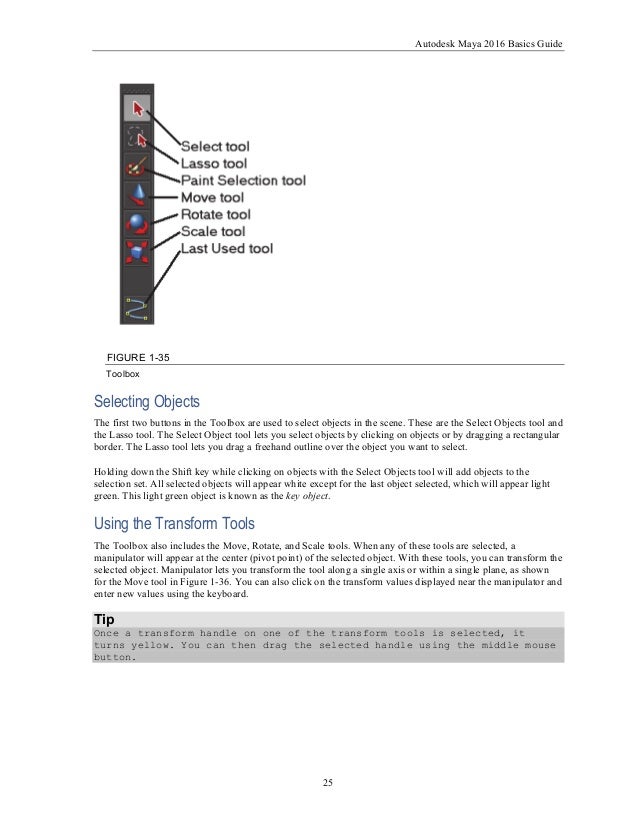
- HOW TO FREEZE TRANSFORM IN AUTODESK 2019 PC
- HOW TO FREEZE TRANSFORM IN AUTODESK 2019 MAC
- HOW TO FREEZE TRANSFORM IN AUTODESK 2019 KEYGEN
HOW TO FREEZE TRANSFORM IN AUTODESK 2019 KEYGEN
Moreover, Aimed at the advanced user, Autodesk Alias Keygen is a comprehensive application suite that includes advanced tools for concept research, design modeling and visualization, precise surface modeling, technical surface treatment, reverse engineering, and engineering collaboration.Īmong other things, it offers functions for drawing, illustrating, and editing images. Dissimilar to other CAD programs like Siemens NX, Inventor, CATIA, Pro/ENGINEER, and SolidWorks, it doesn’t manage mechanical subtleties, but instead substantially more amazing assets to make bends and surfaces with the exact shape, also that for every one of the catches and capacities you utilize used to feel like surfaces.
HOW TO FREEZE TRANSFORM IN AUTODESK 2019 MAC
In Autodesk Alias, Mac Crack is explicitly sold as CAID as opposed to CAD, and its instruments and capacities are more centered around the styling part of the plan, that is, the bundling and presence of the item.
HOW TO FREEZE TRANSFORM IN AUTODESK 2019 PC
Autodesk Alias Surface Crack + Product KeyĪutodesk Alias Surface Crack is a group of PC helped modern plan (CAID) programming, principally utilized in auto and mechanical plan, to make Class A surfaces utilizing the Bezier surface and strategy for NURBS demonstrating. Add a new camera for rendering and keyframing by going to Create > Cameras > Camera. Using keyframed cameras to look around the scene will pop back to the keyframes locations when scrubbing on the timeline. While this camera can be used for final rendering, it is not best when animating with camera movement that requires keyframes on the camera. One camera is the default perspective view that is used to look around the scene, named persp. When Maya opens a new scene several default cameras are created. You can set keys on specific attributes by selecting the channels to key, right-clicking on any of the selected labels in the Channel Box, and then choosing Key Selected from the menu. Usually the current position, rotation, scale and visibility are available in the Channel Box. This sets a keyframe on the selection at the frame indicated on the timeline, for the attributes displayed in the Channel Box. You can set a keyframe on an object, camera or light by selecting it and pressing S on the keyboard. The resolution settings are set in the Image Size section of the Render Settings window. The name of the camera is also displayed in the masked portion below the gate mask. The rendering resolution height and width are displayed in the masked area above the Resolution Gate in the viewport when the resolution gate is active. The Resolution Gate is displayed as a framed area in the main viewport which will be the same camera framing as the final rendered image. Turn on the Resolution Gate to display a guide in the main viewport that represents the final rendered area. Use resolution gate to compose final render

Rendered images, or maps generated, will be stored and saved in the images directory.

Image files used as textures placed in the sourceimages folder will be automatically located when the scene file opens. If the project directory is set, Maya will look for all scene files, Maya ASCII or Maya Binary files, in the scene's directory. In some cases, working with a single file without a project directory will work, but any associated files with the scene should be kept in a Maya project directory. Maya keeps track of all files associated with a scene in a project directory. Click the icon in the top right to enlarge the image


 0 kommentar(er)
0 kommentar(er)
